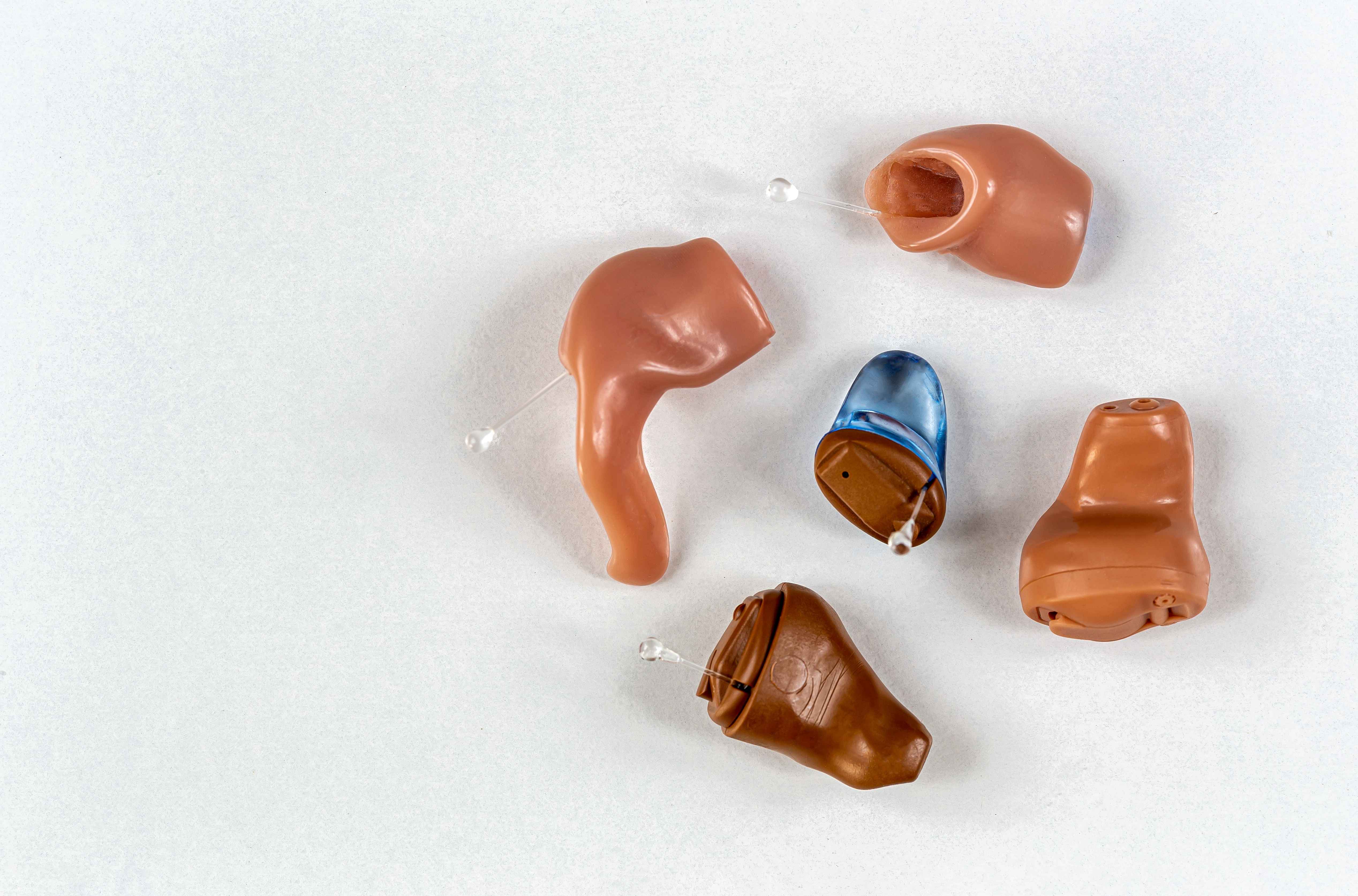How to Choose the Right Hearing Aid for you?

Choosing the right hearing aid can greatly improve your quality of lifestyle. However, it can be an intimidating decision to make for some. This article will act as your definitive guide to helping you pick the right hearing aid for you!
Here are the steps you should take to pick the right hearing aid for you:
1. Get tested: Visit your Audiologist or Hearing Specialist and understand what type of hearing loss you have. Ask them for recommendations to fit your specific needs and if they are willing to help you adjust to the new hearing aid.
2. Make a list of features you want in your hearing aid:
a. Behind-the-ear hearing aid (BTE): This is the most common style of hearing aids and comes in many variants where they sit behind the ear with tubing going into the ear from over the top of the ear. They are easy to adjust, compatible with severe hearing loss and come with a lot of additional features. However, most of them can be bulky and may cause an uncomfortable feeling in the ear.

b. Receiver-in-canal hearing aid (RIC):This model is also referred as receiver-in-ear or canal-receiver technology. These virtually invisible hearing aid models are smaller than BTE models, easy to use & adjust & come with a variety of features. They are also known for its superior listening experience with less energy consumption.
c. Receiver-in-canal hearing aid: This style of hearing aid is smaller and sits inside the bowl of the ear. They may be slightly more visible but are easy to use with lots of additional features. However, they can be more noticeable and still cause a plugged in feeling in the ear.
d. In-the-canal hearing aid (ITC): This is similar to ITE but much smaller. This hearing aid sits inside the ear canal. This type of hearing aid is almost invisible and also does not cause the plugged in feeling in the ear. However, some users have complained of discomfort, short battery life and have faced challenges when trying to remove the hearing aid.

e. Completely-in-the-canal hearing aid (CIC): These are the smallest hearing aids which sit completely inside the ear and unnoticeable. They also have less of the annoying phone feedback, which is an important feature to have if you are a frequent phone user. There is also less wind noise which can be helpful if you travel often.

f. Invisible in the canal (IIC): This is one of the most advanced hearing aids. It is custom designed to the shape of your ear canal to ensure that no one can see it. The IIC is tiny yet provides good amplification to make you hear well.

3. Make a list of personal priorities: With the help of your doctor, make a list of priorities you would like your hearing aid to address. Do you practice certain sports? How much are you willing to spend? Do you only want to watch television? What features would you like in your hearing aid? Is there a specific style of hearing aid you prefer? Would you like the hearing aid to be invisible because you wear your hair a certain way?
4. Enlist a friend or family member: Get a friend to come with you when you visit the doctor or have decided to buy the hearing aid. Discuss your concerns with them so that they may voice it in case you feel shy or awkward.
5. Ask to test-drive your hearing aid: Ensure you get a demonstration doing your regular day to day activities as well as under the supervision of your audiologist. The audiologist will be able to pinpoint areas which you may not notice.
6. Negotiate the price: if you have decided the right hearing aid for you or ask for after sales support or upgrades etc. Ensure that you understand the terms of the guarantee & warranty of sale.
Hearing loss can have harmful effects on your life. It is important to take action as soon as you suspect hearing loss. Find a hearing clinic near you and get treatment by the hearing aid specialists as soon as possible.
By Hearfon-Hearing Healthcare | February 10, 2020 | Blog | 0 Comments
Related Posts
Leave A Comment
Recent Posts
- What Is the Best Option for Hearing Loss?
- What type of hearing aid is best in India
- Why Invisible Hearing aid is most comfortable in the ear?
- Sound Wisdom Navigating the Center of Excellence in Hearing Healthcare
- The Echo Effect How a Center of Excellence Transforms Hearing Wellness




